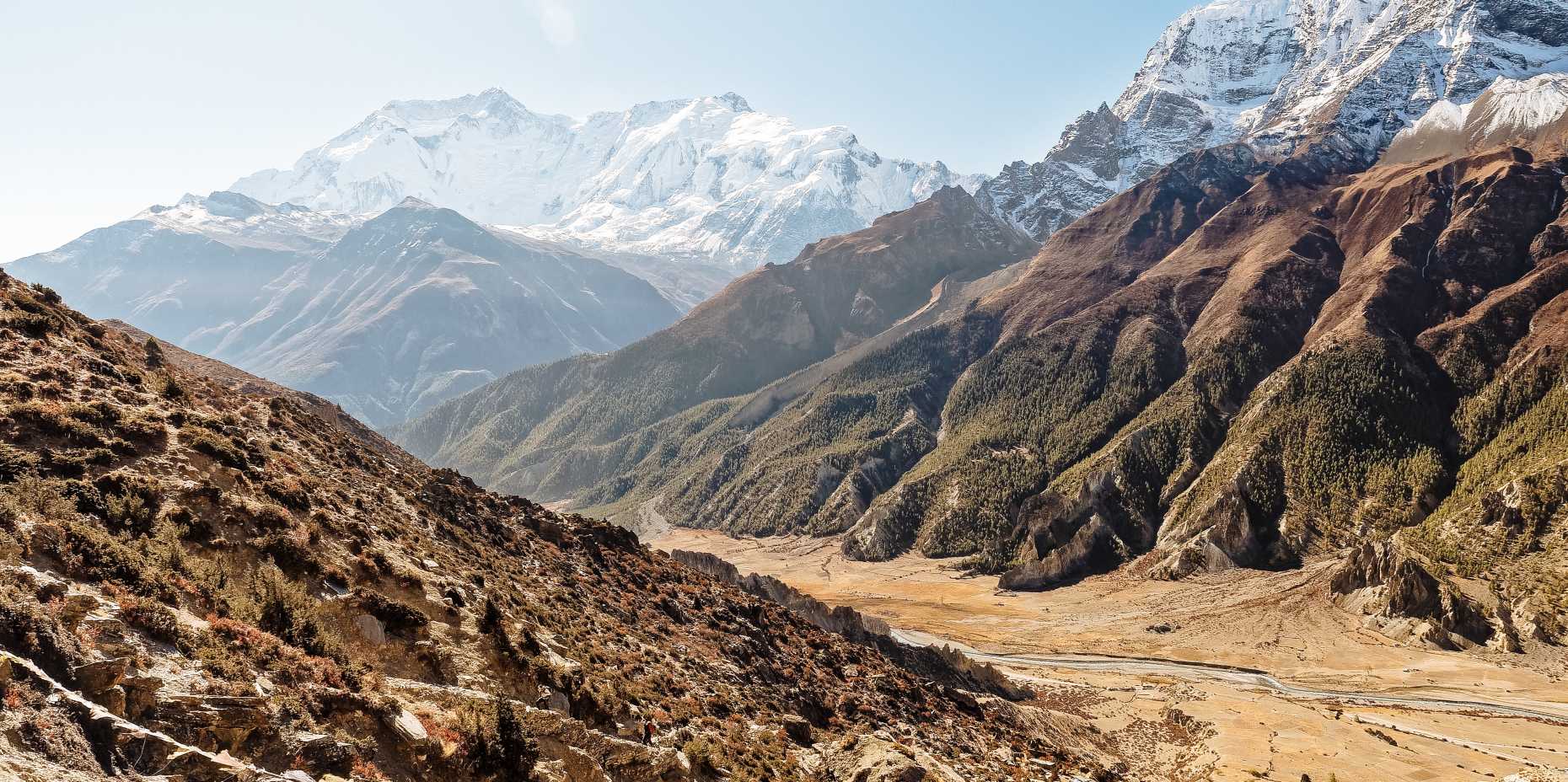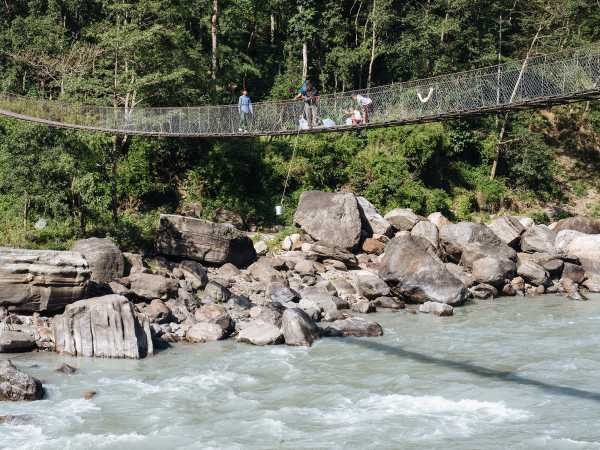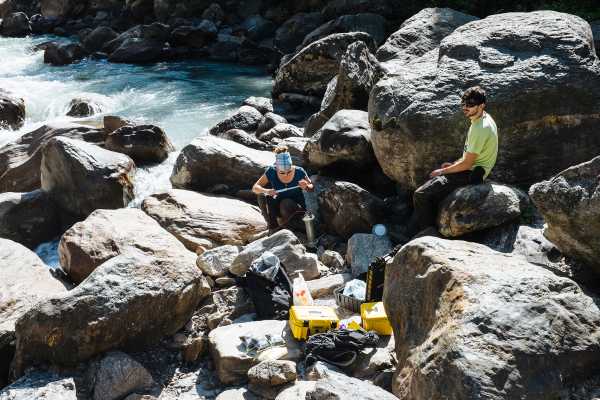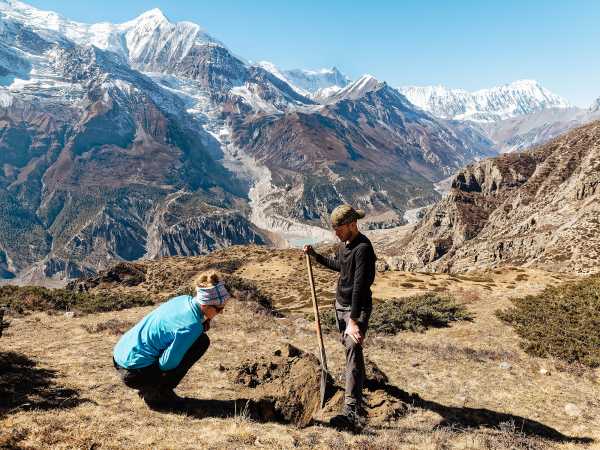Carbon Dynamics Nepal

Geomorphic and climatic controls on riverine carbon export in active landscapes
Lead
Understanding how climate, tectonics and earth surface processes interact is amongst the most challenging issues in earth surface sciences. Over geological time-scales, atmospheric carbon dioxide levels and hence the global climate, are controlled by the intensity of chemical weathering reactions of silicate rocks and by the mobilization of organic carbon from terrestrial landscapes followed by its burial on adjacent continental margins. These processes are carbon sinks that balance the continuous input of crustal CO2 and hence stabilize the Earth’s climate. The role of the organic carbon cycle in the global evolution of climate has, so far, received less attention than its inorganic counterpart (silicate weathering). The controls on the mobilization and export of organic material are not well understood or quantified, and the relative importance of both the organic and inorganic sinks and their sensitivity with respect to changes in tectonic or climatic forcing is largely unknown.
Objectives
The aim of this project is to quantify to what extent climate, topography and erosion processes control the availability, mobilization and transfer of organic carbon to the river network in mountainous basins. To answer these questions, we propose a longitudinal study of organic carbon cycling in the Narayani River (central Nepal) that covers a large gradient in tectonic and climatic conditions. The research plan is subdivided in 3 inter-related tasks:
- Build an inventory of organic carbon stored in different sub-catchments of the Narayani River basin. An extensive sample-set collected in the field will be used to geochemically characterize the main organic carbon stores across climatic and tectonic gradients (vegetation, soils, bedrock etc.). This will allow us to address controls on organic carbon stores at the landscape scale in terms of organic carbon quality and quantity.
- Asses the fluxes and geochemical signatures of organic carbon exported by the river systems based on time-series sampling approaches. This task will allow us to characterize the controls and “efficiency” of riverine carbon export under different tectonic and climatic conditions and will allow us to derive a complete basin-wide budget of organic carbon.
- Evaluate the possible effect of the Mw 7.8, April 2015 Gorkha earthquake on the cycling of organic matter in a tectonically active setting such as central Nepal.
Scientific and Social Context of the Research Project
This project will build on a large sample data-set, consisting of river sediment times-series and soil samples, to better understand how carbon is transferred from the landscape to the rivers in tectonically active and steep landscapes. By partitioning the riverine organic carbon fluxes between the different contributing reservoirs, this project will also allow us to assess the role of the Gorkha earthquake on biogeochemical cycles.
Collaborations
This project is carried out in tandem with another project hosted by the earth surface dynamics group of the ETH, investigating the role of the Gorkha earthquake on landsliding and sediment cycles in general. Additional collaborations include Tribhuvan University in Nepal, the GFZ Potsdam in Germany as well as the University of Michigan and University of Southern California both in the US.



